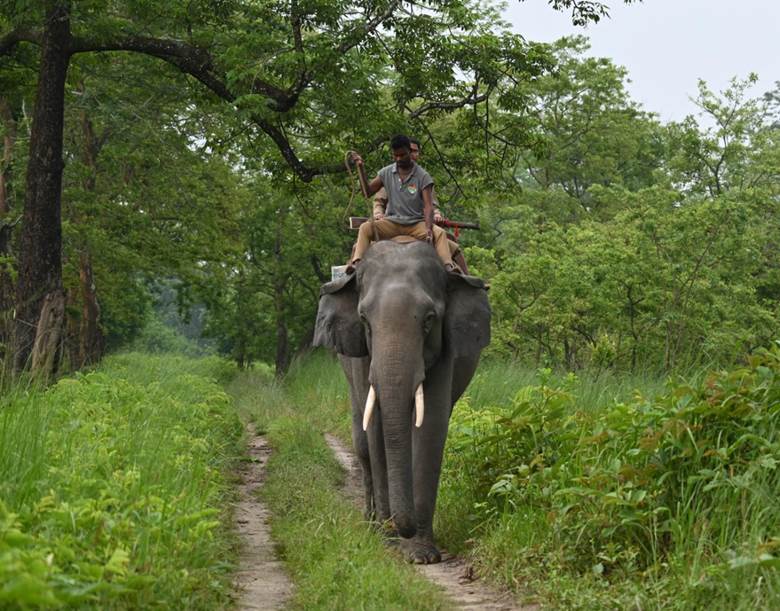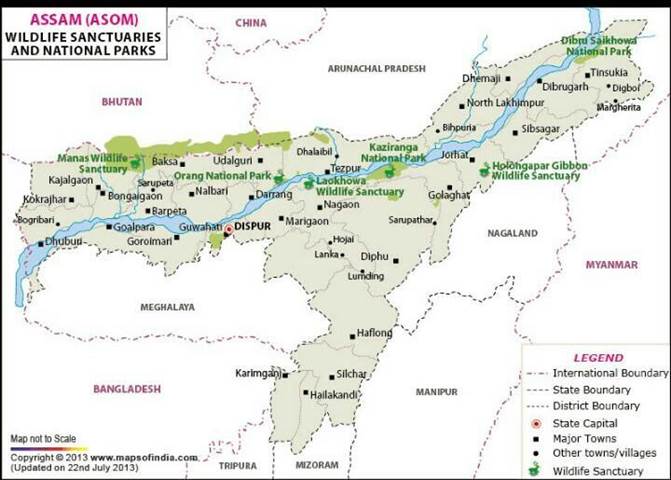Description

Copyright infringement is not intended
Context:
- A vitamin D3-rich weed and shrub with roots wild boars love to gorge on are among 18 invasive plants stifling the Kaziranga National Park and Tiger Reserve, the best-known address of the greater one-horned rhinoceros on earth.
- Kaziranga has had to deal with encroachment, poaching, and annual floods for decades. But none of these has been as damaging to the health of the 1,300 sq. km tiger reserve as the green invaders that have gone under the radar until now.
What is an invasive species?
- A species is termed invasive if it’s previously absent in that ecosystem and has been introduced in that area from outside mostly by human intervention.
- A common trait is the presence of some trait absent in local fauna or flora which enables it to have a competitive edge over the native species.
- The Rio de Janeiro Convention on Biodiversity (1992) had recognised the biological invasion of alien species of plants as the second-worst threat to the environment after habitat destruction.
- Cartagena Protocol on Biosafety (2000) seeks to protect biological diversity from the potential risks posed by Living Modified Organisms resulting from modern biotechnology.
- Article 8 (h) of the Convention on Biological Diversity calls on Parties to prevent the introduction of, control or eradicate those alien species which threaten ecosystems, habitats or species.
- Bonn Convention (1979) also aims to control or to eliminate already present invasive alien species.
- Convention on International Trade in Endangered Species of Wild Fauna and Flora also consider the problems of invasive species when it is involved in trade and threatens the survival of live animals or plants.
- Ramsar Convention (1971) addresses the environmental, economic and social impact of invasive species on wetlands.
About KNP:
- Kaziranga National park’s is home to more than 2200 Indian one-horned rhinoceros, approximately 2/3rd of their total world population.
- It is located in the edge of the Eastern Himalayan biodiversity hotspots– Golaghat and Nagaon district.
- In 1985, it was declared as a World Heritage Site by UNESCO.
- It was declared as Tiger Reserve in 2006.
- It is recognized as an Important Bird Area by BirdLife Internationalfor the conservation of avifaunal species.

https://epaper.thehindu.com/Home/ShareArticle?OrgId=GI99V9E10.1&imageview=0
1.png)
















